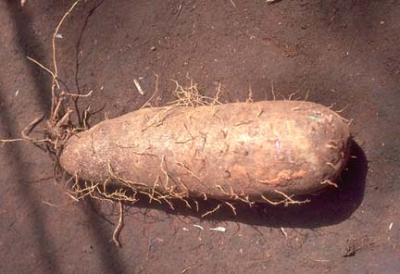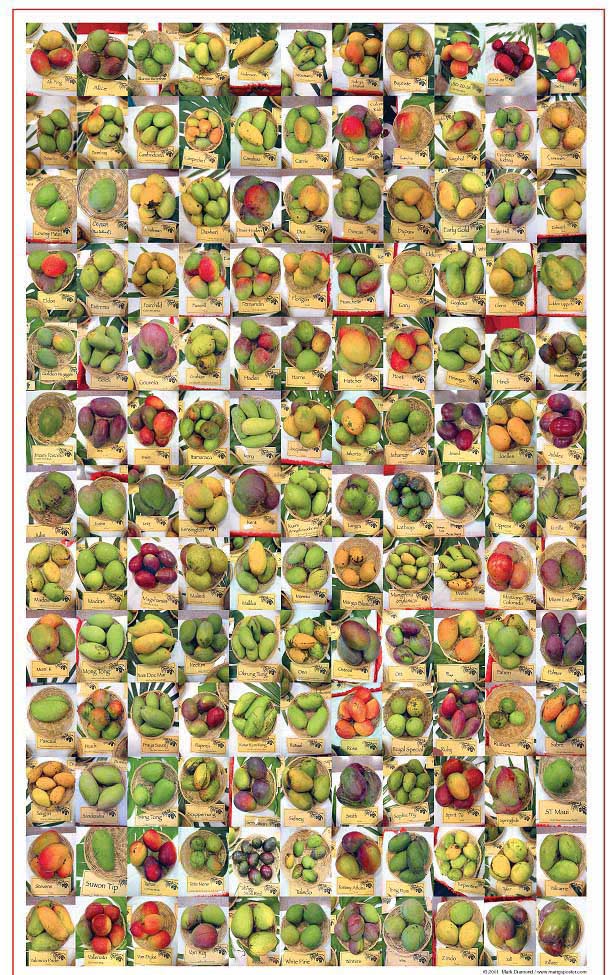BBC News had a story on the fiber crop, jute (Corchorus olitorius L.). Jute is grown is an annual grown in warm wet climates, primarily in South Asia. "Jute plants need a temperature ranging from 21 to 38 degrees Celsius and relative humidity of 70 to 80 per cent. After sowing, around 2 to 3 inches of rainfall is needed per week" (Jute Knowledge Center). Plants are harvested four months after planting. Jute is also less commonly used as a medicinal plant to treat aches, pains, dysentery, cardiac problems, and other ailments.
Jute, a vegetable fibre that can be spun into sackcloth, used to be the 'golden fibre' of Bangladesh.But it lost its lustre in the 1980s after synthetic materials like polythene and plastics were introduced.
Now the natural fibre has made a spectacular comeback.
Exports of jute and jute products from Bangladesh this fiscal year crossed a record billion dollars as demand for the natural fibre is steadily increasing.
Bangladesh's 'golden fibre' comes back from the brink
Jute, a vegetable fibre that can be spun into sackcloth, used to be the 'golden fibre' of Bangladesh.
Now the natural fibre has made a spectacular comeback.
Exports of jute and jute products from Bangladesh this fiscal year crossed a record billion dollars as demand for the natural fibre is steadily increasing.


















